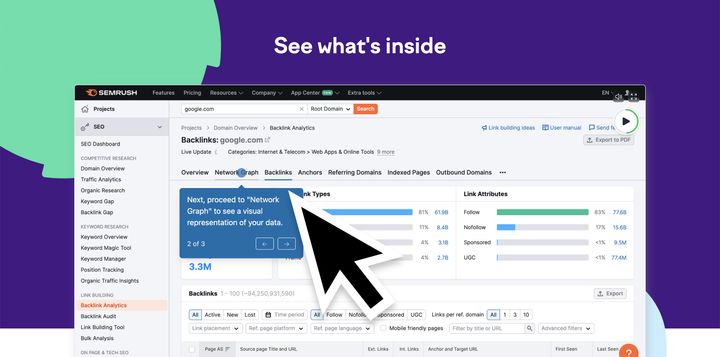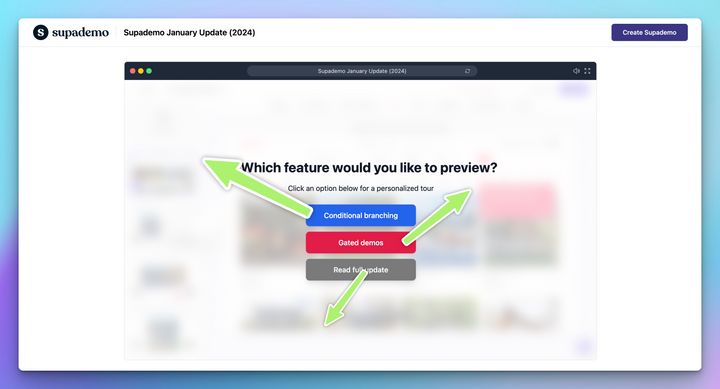In the dynamic world of product management, experimentation is not just a buzzword; it's a fundamental approach to innovation, growth, and improvement. Product experimentation involves testing hypotheses and making decisions based on data and user feedback. This comprehensive guide is designed to help product managers understand and effectively implement product experimentation strategies.
Understanding Product Experimentation
Product experimentation is a systematic approach to testing various aspects of a product to see how changes affect user behavior and product performance. It's about making informed decisions based on empirical data rather than assumptions or guesses.
The Importance of Experimentation in Product Management
- Data-Driven Decisions: Experimentation moves decision-making from intuition-based to data-driven, reducing risks and increasing the likelihood of success.
- User-Centric Design: It helps in understanding user preferences and behaviors, leading to more user-centric product development.
- Continuous Improvement: Regular experimentation fosters a culture of continuous improvement and innovation.
Setting Up for Product Experimentation
- Define Clear Objectives: Start with clear, measurable objectives. What do you want to achieve with the experiment? This could be increasing user engagement, improving conversion rates, or testing a new feature.
- Hypothesis Formulation: Develop a hypothesis. A good hypothesis is testable and sets clear expectations. For example, "Adding a recommendation engine will increase user engagement by 15%."
- Selecting the Right Tools: Choose tools for tracking and analyzing results. Tools like Google Analytics, Optimizely, or Mixpanel can be useful.
- Segment Your Audience: Not all users will react the same way. Segment your audience to understand different behaviors and preferences.
Types of Product Experiments
- A/B Testing: The most common form of experimentation, where two versions of a product (A and B) are compared to determine which performs better.
- Multivariate Testing: Similar to A/B testing but tests multiple variables simultaneously to see how they interact.
- Prototype Testing: Testing a prototype of a new feature or product with a small user group before full-scale development.
- Beta Testing: Releasing a new product or feature to a limited audience to gather feedback before a full launch.
Best Practices for Product Experimentation
- Start Small: Begin with small, low-risk experiments to build confidence and understanding.
- Focus on Metrics: Identify key metrics that align with your objectives. This could be user engagement, time spent on the app, conversion rates, etc.
- Iterate Quickly: Use the insights gained to iterate quickly. The faster you learn, the quicker you can improve.
- Document Everything: Keep detailed records of hypotheses, test designs, results, and learnings.
- Cultivate a Culture of Experimentation: Encourage your team to embrace experimentation as a part of the product development process.
Analyzing and Learning from Experiment Results
- Data Analysis: Analyze the data collected to see if there's a significant difference between the test groups.
- Drawing Conclusions: Determine whether the hypothesis was confirmed or refuted.
- Actionable Insights: Use the insights gained to make informed decisions about product development.
Challenges and Pitfalls
- Analysis Paralysis: Avoid getting too caught up in data and losing sight of the bigger picture.
- Biased Interpretation: Be aware of confirmation bias and ensure objective analysis.
- Overgeneralization: Be cautious about overgeneralizing results from a small or non-representative sample.
Conclusion
Product experimentation is a powerful approach for product managers aiming to build products that truly resonate with their users. By embracing a systematic, data-driven approach, product managers can make informed decisions, reduce risks, and foster a culture of continuous improvement and innovation.




